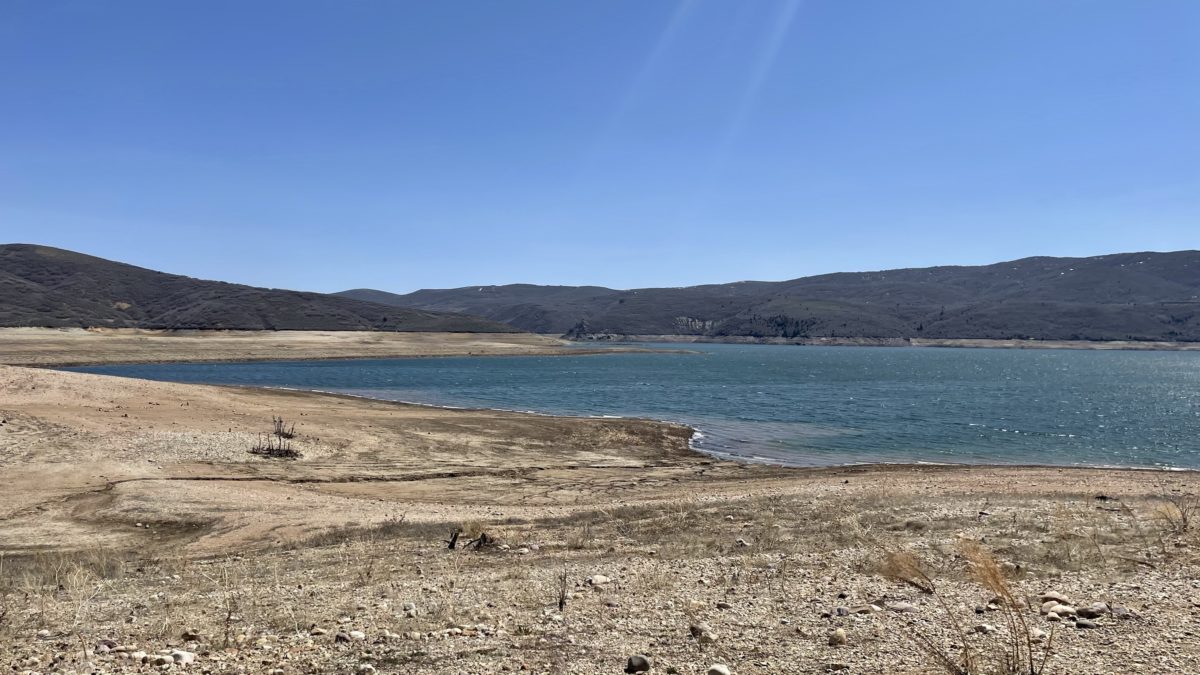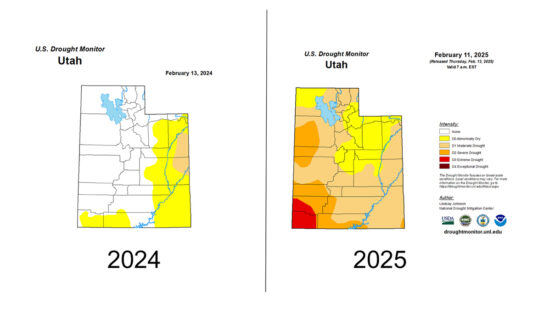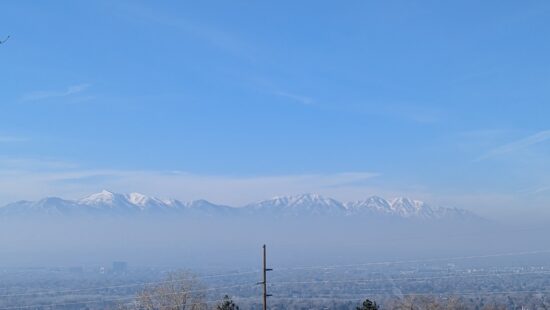Environment
Utah snowpack levels surpass median, reservoirs 85% full

The Jordanelle Reservoir in 2022. Photo: TownLift
Utah likely reached its peak snowpack for this year at 18.8 inches on April 2, surpassing the median peak snowpack of 16 inches
UTAH — According to the Natural Resources Conservation Service’s April Water Supply Report, Utah received 150% of its typical amount of snow water equivalent (SWE) for March
According to a press release from the Utah Division of Water Resources (DWR), the Beehive State received 156% of its normal precipitation for the month, bringing the water-year-to-date value to 117% of normal, up 6% from the end of February.
In Utah, about 95% of the water supply comes from snowpack. While the state greatly depends on this water, the increase in snowpack is causing rivers and streams to flow faster, which can be treacherous for children and pets.
“The timing and magnitude of our snowpack peak plays a crucial role in our water management strategies,” said Candice Hasenyager, director of the DWR. “We have all this snow still in the mountains, and we need to pay attention to how it melts.”
The Great Salt Lake (GSL) has seen a net increase of 2.5 feet since October, which the DWR attributed to the actions and investments of the Utah Legislature over the past three years to preserve and protect the lake, as well as the actions of the Department of Natural Resources (DNR), such as the modification of the GSL berm.
However, rising temperatures may also cause rapid flooding if precautions are not taken. The DWR emphasized that a delicate balance must be maintained between avoiding flooding from rapid melting, and ensuring adequate water replenishment from slow melting.
Currently, statewide reservoirs are at an impressive 85% capacity, which is 20% higher than normal. This is a stark contrast to last year, when reservoirs were only a little over half full.
“Spring runoff is really where the magic happens for water supply,” Hasenyager said. “Knowing how much water to release and estimating how much water will make its way into the reservoir requires continual monitoring”
Despite the encouraging water outlook, the DNR continues to promote water conservation initiatives such as the Agricultural Optimization Program for farmers and SlowtheFlow.org for residents, which aim to educate and incentivize water-saving practices, and ensure that Utahns become more drought-resilient to prepare for future conditions.




















